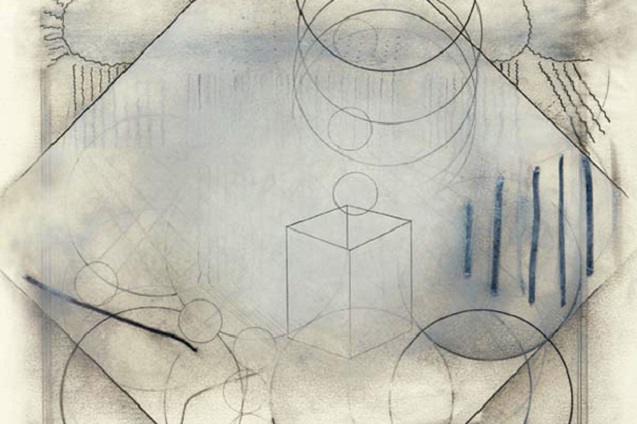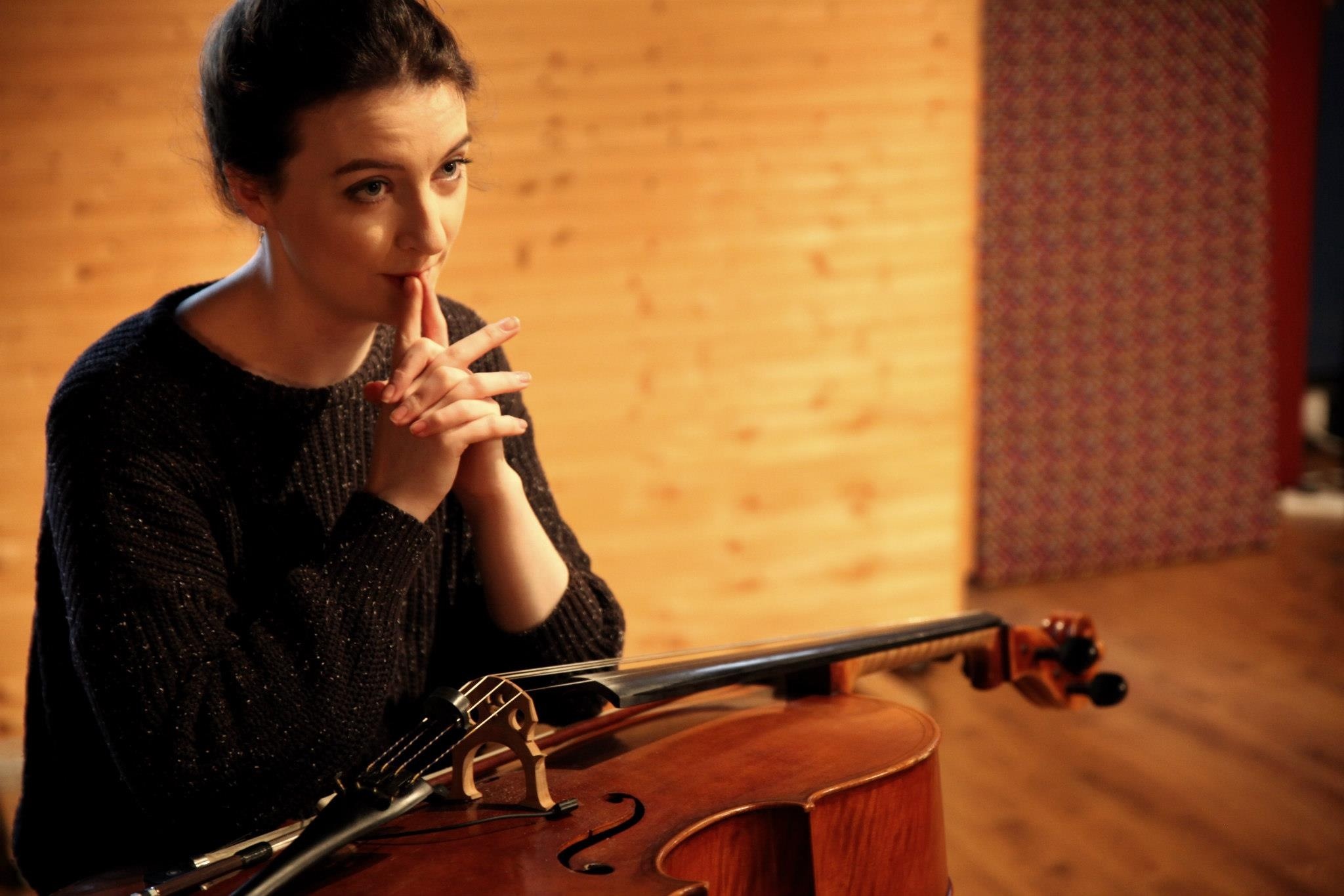Actress, AKA Darren Cunningham has prowled the dark world of experimental, minimalist electronica for nearly a decade now. The title of this his fourth album harks back to Hazyville, his debut full length, and, if the finality hinted at in the album blurb is to be heeded, the pair seem likely to bookend the Actress story. Accordingly Cunningham has decided to create his masterpiece.
Adopting varied approaches, Actress hunts the murky territory of a glitchy, avant garde noise and presents the results in phases. These phases become most obvious over five (not six) sides of vinyl LP (everything needs to be thought out meticulously for a masterpiece you know). Anyway, from where The Thin Air is sitting, this neatly divides the fare into stylistic chunks.
First up is two sides of cheerless minimalism. Five tracks that seem impressively determined to make you feel unwelcome. The (under)world’s least homely waiting room has more than a pinch of post-punk goth lurking in the corners. The tracks are as repetitive as they are lengthy but unlike ‘In Dust by Roll’ the Dice from last year, Actress refuses to let this repetition become hypnotic. He’s not trying to lure you in (remember you are not welcome) so he employs a series of sonic challenges to prevent this experience from ever becoming comfortably background.
Take the remarkable ‘Rims’ for example. Before we let ourselves get too into the pulsing bassline, the rhythm decides to go a bit wrong, the loop being cut deliberately too long and bucking the tempo relentlessly. It’s an engagingly weird feeling. Corner jars by largely avoiding bass sounds which cleverly prevents us from relaxing into its quirky charms. The most remarkable feat though – doubtlessly a result of current, de rigueur, lo-fi production techniques – is a saturation of sound making some tracks resemble The Cure rehearsing ‘Faith’ in a bunker, as recorded on a dictaphone. All in all, it’s an unusual half hour to start a meisterwerk, but he has at least proved emphatically that he can still challenge. Now what else can he do?
Side three turns a corner. Here comes the first hints of melody, and the boy knows how to handle it. Our recalls a fledgling Richard D. in mid 90s, album track mode with restrained elegance, and the found-sounds feel of ‘Time’ brings to mind some classic Susumu Yokota. Cunningham might still refuse to raise a smile but there is perhaps the beginnings of a smirk at least. And while the mood still clings to the Darkside, and minimalism and ambience remain the touchstones, an energy is surely seeping in suggesting things are about to start happening.
And then on come the lights to reveal the dance floor of side four. The lights, it has to be said, aren’t the brightest and the dance floor is wherever you can find room to move in the basement of an overcrowded squat, but the beats have unquestionably come alive. Layered on top are the sort of inquisitive, rattling squelches that ably soundtrack ill-advised stumblings into other shady rooms of that squat. Instead of the endless repetition, the tracks are now growing as they progress and the energy levels spiral. ‘By Image’, just as a disco rhythm threatens to emerge, the sound of the first taxi can be heard somewhere outside. Eventually when you find yourself in the glare of daybreak, ‘Don’t’, with it’s dreamlike mantra calls you back inside. But in vain.
Side five, home and in bed, it’s time to cosy up with ‘Rap’ but soon the flashbacks appear in ‘Frontline’ preventing you from getting to sleep. Lastly when you think you might be able to drift off, closer ‘Rule’, awash as it is with cut ups of organ, beats and most obviously, an MC in full flow, makes your brain start to tick, thinking about what you’ve just been through. It sounds like an explanatory “I just feed a bunch of samples into this machine and the music comes out here”, the mangling of the MCs vocals now making the process suddenly crystal clear. It leaves you ponderous. Have you just heard a groundbreaking, deliberate masterpiece of the modern underground, or a lab experiment presented as art?
That presentation in phases is a risky move, but ultimately a smart one. It affords Ghettoville a symphonic grandeur, demanding classic status as it’s story unfolds. The ambition is admirable and the work is, at times, genuinely captivating, but on reflection, Actress’ magnum opus is lamb, whose mutton reality is actually several great EPs, each with room for improvement. Jonathan Wallace






